- Part 1. CONNECTION
1a.
Historical Case Study: Strike, Boycott, Advocate
Research Issue: Strike, (Low Class) Working Class’s Living Condition
Connection Between Case Study and Issue: The case focus on the protest of working class which related to my topic, which focuses on the living conditions of Low Class.
1b.
Title of the Work: Annette Lemieux (b. 1957), Black Mass, 1991.
Part 2. CONTENT
Recognizing a Work
2a.
The detail that first jump out at me is the heap of blank black protest boards, which hold by the massive strikers. The first feeling this artwork gave me was the massive repetitive pattern, which shares the same characteristics with typical wallpapers. I love the repetitiveness and the plenty of blank black areas. There is a strong contrast between the protest boards and the crowds. And the very first impression made me think that there is nothing the working class can do besides the useless shouting and protesting. I would assume that because of the class diversity, most of the working class probably didn’t even get the chance to educated themselves. But they were still expecting to change the political situation or living conditions using their negligible power.
2b.
This artwork combines Latex, acrylic, oil painting and photography. Annette Lemieux uses acrylic and oil painting on an old photograph of Chinese Communist protests. It’s an extremely successful artwork because the black and white photograph directly brings the audiences back to the old China, the time period under Mao’s communistic control.
Part 3. CONTEXT
Contextualizing a Work
3a. iMMEDIATE CONTEXT
There is no text in this artwork. “An Incomplete History of Protest” at the Whitney Museum,The exhibition is organised through eight sections, each section conveys a significant political point. I did some researched on this exhibition, the adjective “Incomplete” in the title represents that the work of protest is on-going. As you can see, each section carries an political issue. “Abuse of Power”, “Mourning and Militancy”, “No Idle Gesture”, “Resistance and Refusal”, “Spaces and Predicaments”, “Stop the War”, “The Usable Past” and the topic I chose for my project the “Strike, Boycott, Advocate” are all the thematic sections the show contains. All the sections can be defined as a unfinished political and social issue.
3b.Social/ Cultural/ Political context:
The painting Black Mass was produced in year 1991. In this painting, a photograph of Chinese communists carrying placards of Mao, but the pictures of Mao are blanked by black acrylic and oil painting.
Part 4. Significance
Understanding a Work
4a.
- What’s the main theme the artwork Black Mass carries on? And what the artist trying to convey?
- Annette Lemieux makes this photograph a mocking satire, it shows the political blindness and uselessness.
- How this artwork connect to your project in Int Studio 2?
- I chose this artwork because I found the similarities of the crowds of the communists and the lower class in my project. First of all, most of the communists in the photograph are lower class. Second, most of the lower class are uneducated, therefore, they could very easily become part of the political blindness. They only do what they told to do.
- Why Annette Lemieux only uses black and white in her artwork?
- In my opinion, I think the reason she chose to use black and white because black and white are two extremely convictive color that can carry heavy topics and emotions. I think Annette did a very great job on combining black and white photography and black acrylic.
- 4b.
I found three books about Annette Lemieux.
Book1: The strange life of objects : the art of Annette Lemieux. • 2010
Book2: Annette Lemieux. • 1990
Book3: Annette Lemieux : Köln 1990 : Monika Sprüth Galerie, Köln — Josh Baer Gallery, New York. Lemieux, Annette, 1957-
Black Mass was painted in year 1991 by Annette Lemieux. I was shocked by the high yield of this artist. She created at least 5 pieces in 1990. “Flesh”, “Take your country back forward”, “Artificial heart on sleeve” and “Armed”. If you look at these five pieces together, you will find out that certainly all of them are about a similar topic: Wars and Armies. 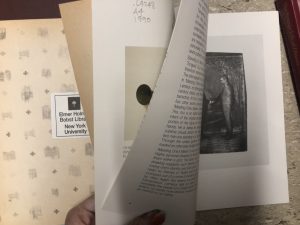

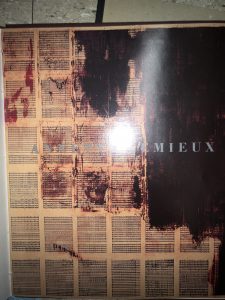
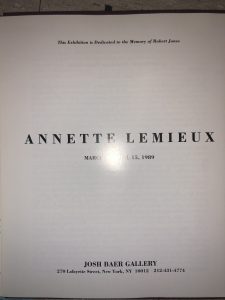
4c. Seminar-specific assignment
a) There are not many people in the room of Strike, Boycott and Advocate. I found out that the “Mourning and Militancy”, “Stop the War” and “Spaces and Predicaments” sections were the sections that people pays more attentions. I was attracted by the Military uniforms show, The Non War Memorial, 1970 by Edward Kienholz. And the Pyramid Up and Down Pyramid by Melvin Edwards. In my opinion as an audience also, the large sculpture will always get my attention first. Another reason is that compare to the historical topic “Melvin Edwards”, the topic of War is a much more sensitive theme to look at, because of wars never ends. Most of the audiences were with furrowed brows when they looked at the military uniforms. And in this section, no one talks, but just look at the art pieces.
b) 5 Questions for Museum-goer
1. What do you think of this artwork?
“I think this artwork shocked me in the beginning because of the way the artist show it.”
2. Is this piece interesting for you? and Why?
“It’s a very interesting piece for me because of the topic. Personally I’m very into the topic of War, I read a lot of books and most of them are about wars. I don’t know, the global issues just always get my attention.”
3. What do you think the artist is trying to convey?
“I’m not completely sure, but in my personal opinion, these uniforms, which placed on the floor with belayed necklines, arms and legs, represent the died soldiers who entered wars. Probably the artist wants to use this artwork to call for ending wars on earth.”
4. Do you think this piece is successful or not?
“I think it’s really successful, because it shocked me from the first impression, which is the way these uniforms has been placed. And another point is this artwork makes me feel like I am one of the mother who lost their son whoever enter the war. I can feel the pain by just looking at it.
5. Which is the most interesting piece to you?
I really like this one, so I think this artwork probably is the most interesting one for me in this exhibition.”
c) Reflection of Experiencing the Field Research & What are the benefits and challenges of gathering information in this way?
This is not the first museum field trip experiences for me in Parsons. I went to Cooper Hewitt last semester with my Integrative Studio 1 class. But it’s my first time to complete a deeper systematic research of museum field trip. To be honest, I don’t like to do research generally, because it take a lot of time and a little bit boring. But after the whole semester in Int Studio 2 class. I started enjoying to do research right now and I think I will make doing research a habit in the future study.
I went to museum a lot like all the museum-goer. I could feel the visually shocking from a specific artwork and I can understand what the artists trying to say. But most of the time and for the most of the artwork, I can not understand the meaning completely. Therefore, I always feel I’m not satisfied after the exhibition. I usually take picture of the specific artwork and plan to do research when I go home, but I forget every time. I like this class because I regard this class more like a research skill training camp. The assignments pushes us to do the research and I could really understand more after I research the background of the artist and the artwork.
There are two ways to do research, first one is research through internet; second one is the field trip research. I like the second one better personally because I think I would get more interested when I see the real artwork instead of look from the internet. The visual impact would help the researcher to get a deeper understanding of the artwork. For me, I can feel the emotion of the artist and receiving the information from she/ he. It’s like directly talking to the artist through his/ her artwork.
For this project, I think asking the random audience form the exhibition would be the most challenging part because it’s already hard to talk to strangers generally. But in this project, besides the fear of talking to strangers, it’s more challenging to break the silence in such a quiet place and interrupt the audience enjoy and read the artwork. But surprisingly, the interviews didn’t go very embarrassing at all, people are nice and share their feelings and thoughts with me.
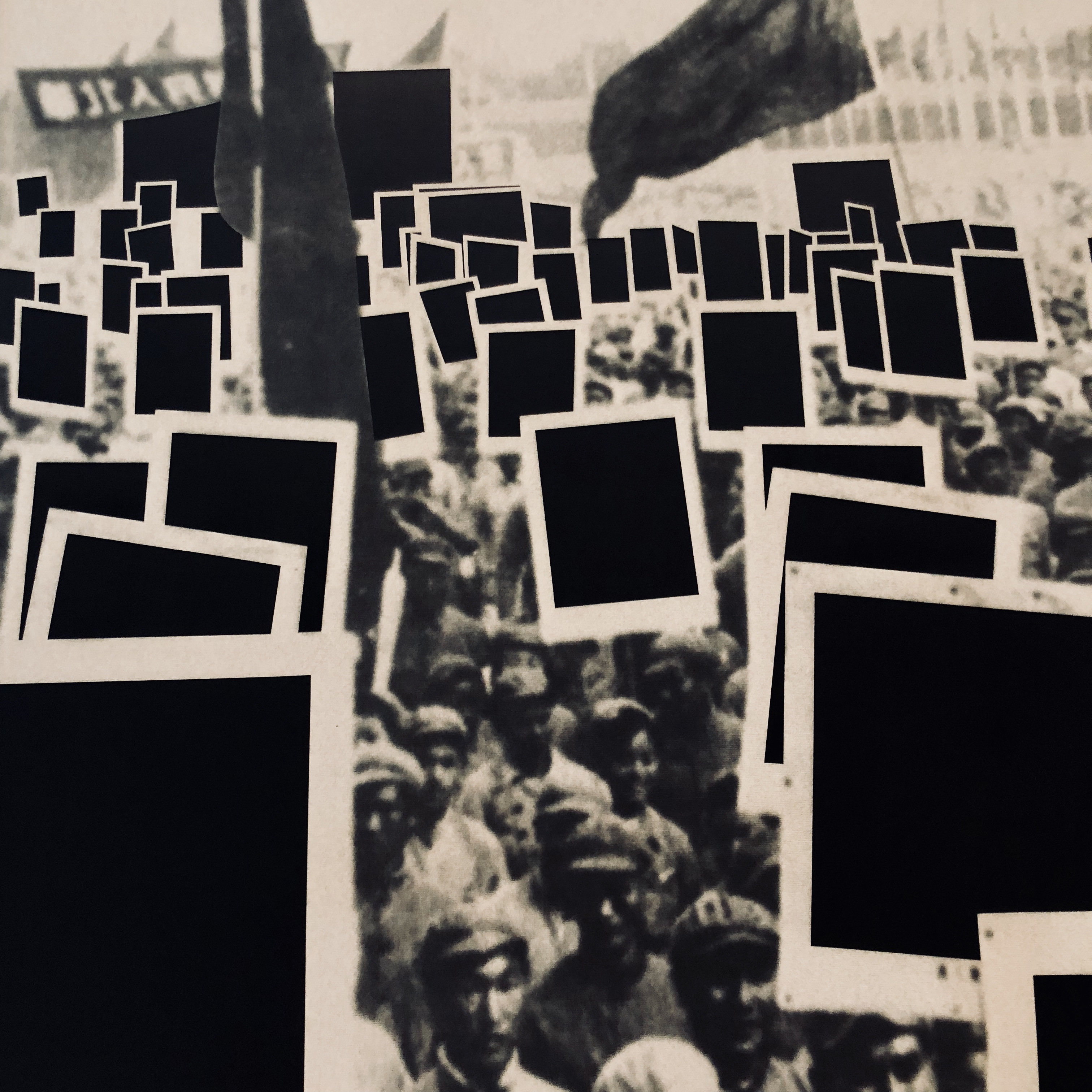
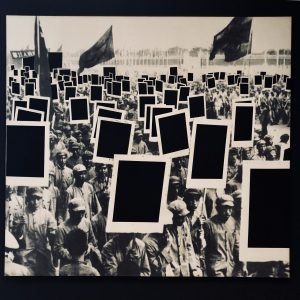
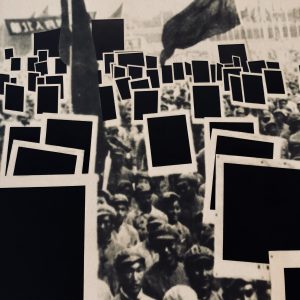
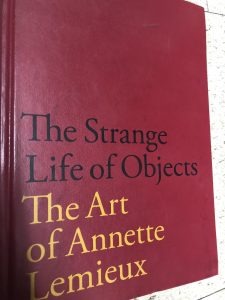
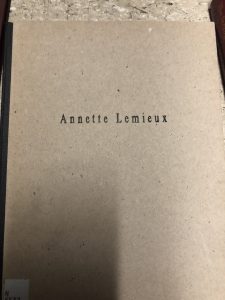
Leave a Reply